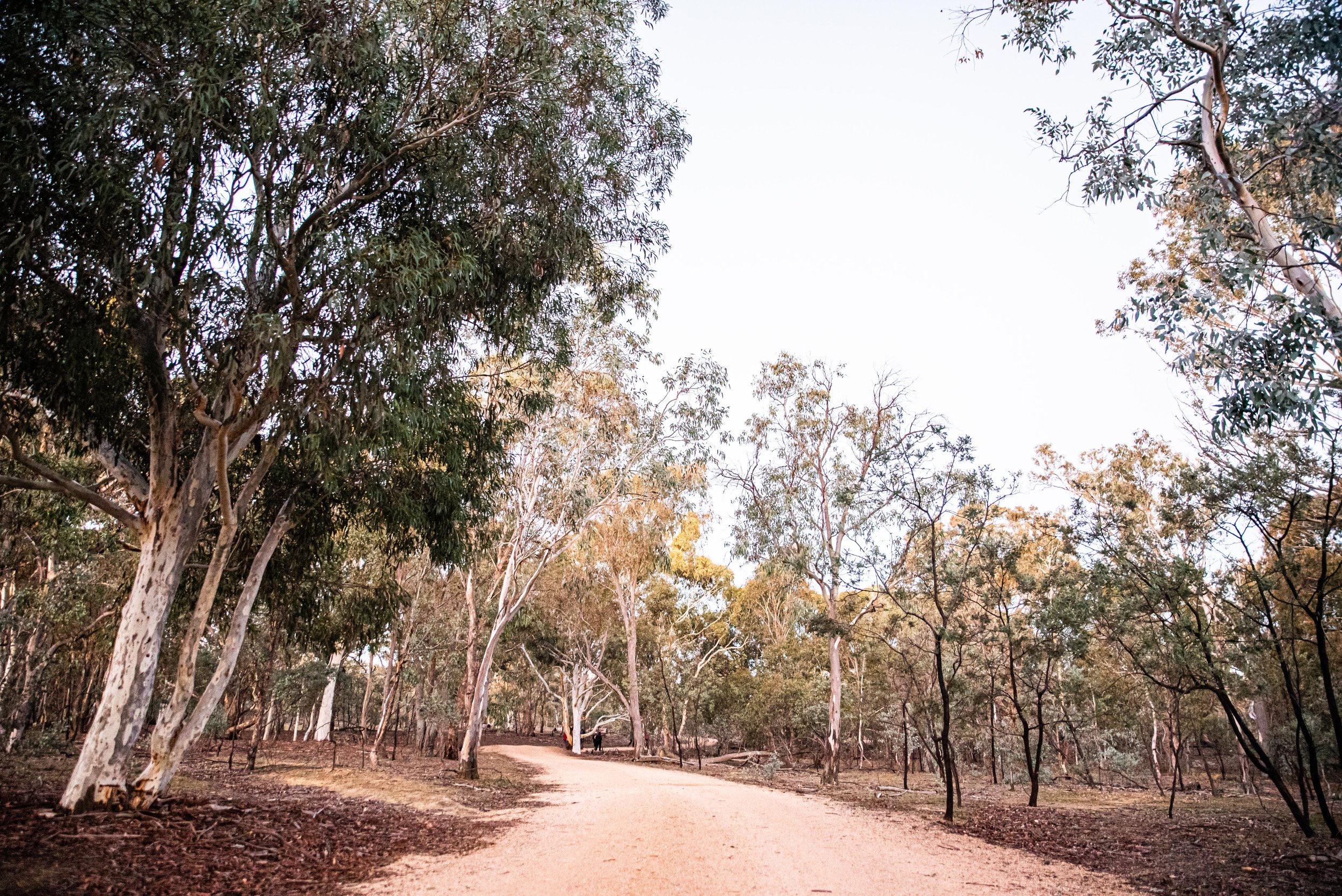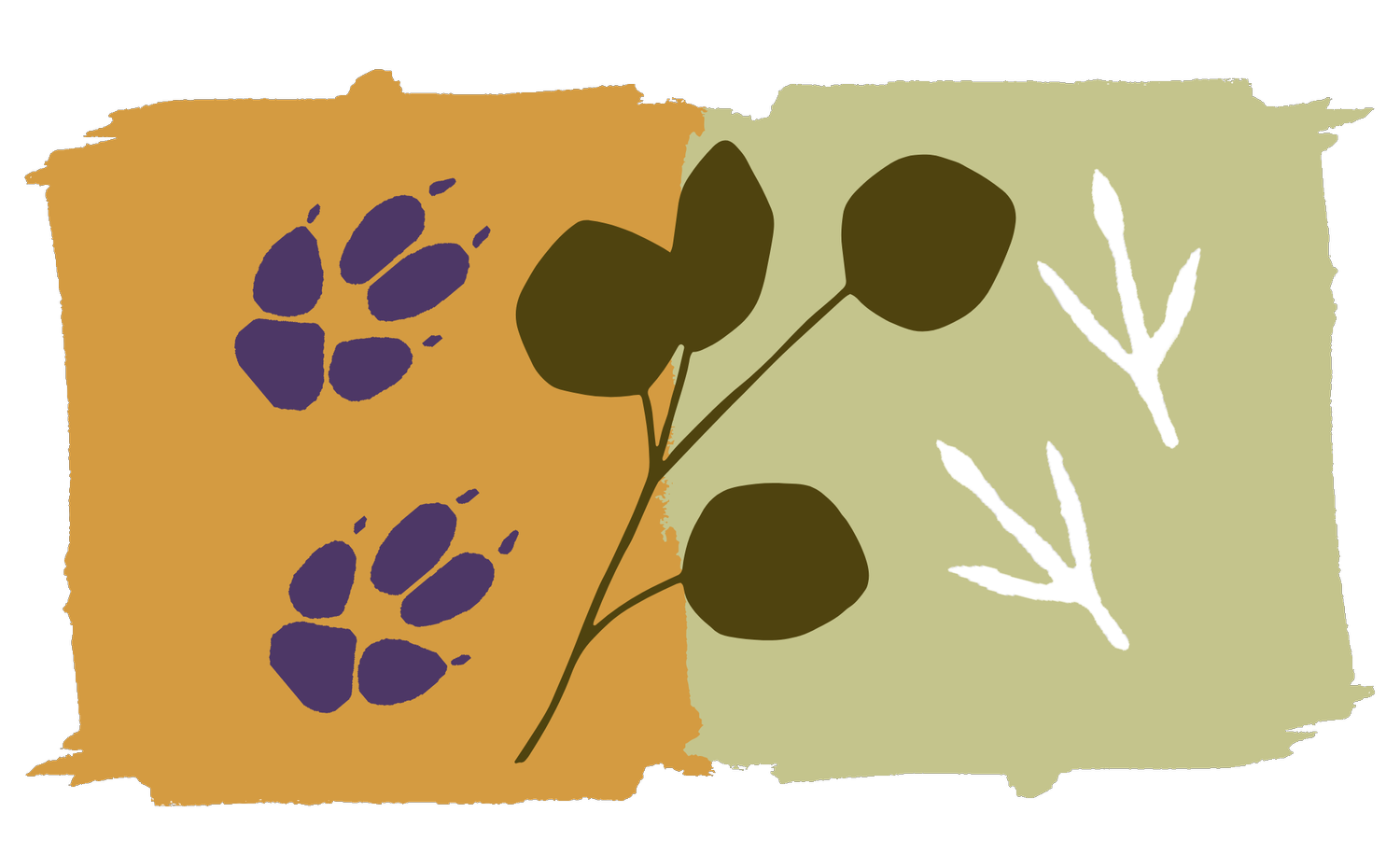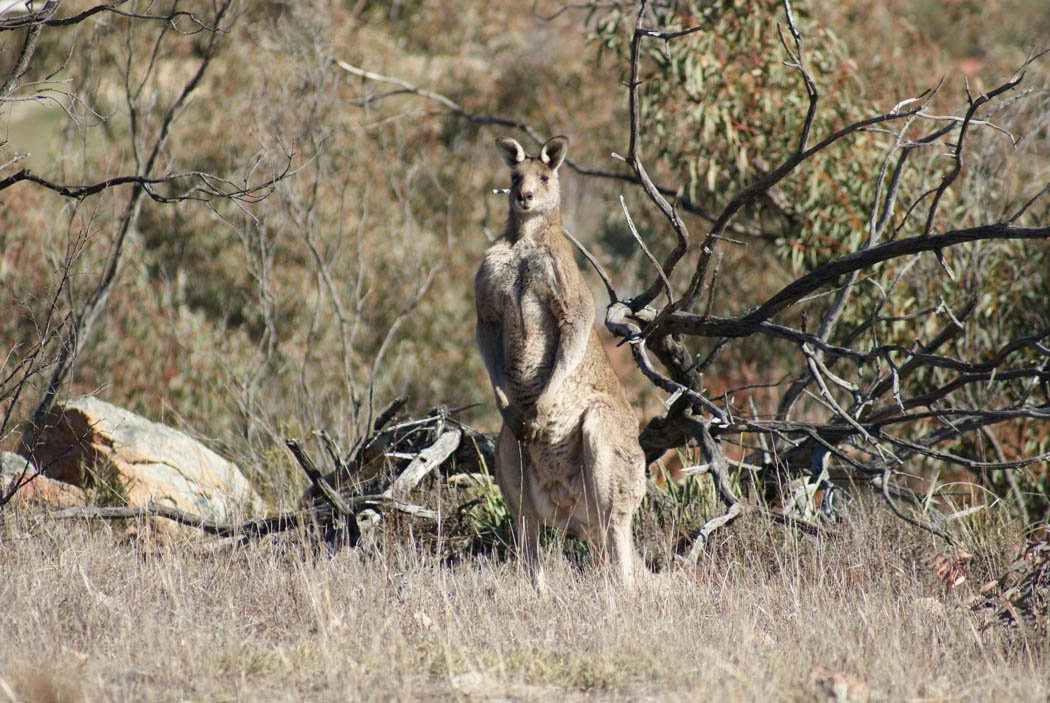
Mulligans Flat–Goorooyarroo
Woodland Experiment
“Conservation action without good science to underpin it is like alchemy, or faith healing. Both sometimes produce desirable results, but you have no idea why, and mostly, they don’t.”
- John Lawton in ‘The Science and Non-science of Conservation Biology’
An outdoor laboratory
The Mulligans Flat–Goorooyarroo Woodland Experiment, located in the Australian Capital Territory (ACT), is a long-term ecological experiment that has been running since 2005.
Such experiments are needed to inform decision-making. In Australia, there were few experiments running >25 years, and none had replicated plots from different experimental treatments.
The Experiment is a collaboration that began between land managers and research scientists, but has grown to include science communicators, entrepreneurs, and the community.
Our aims
We aim to create a guide for rebuilding a ‘whole ecosystem’ for biodiversity.
By quantifying the effects of restoration treatments, we contribute to the pool of knowledge that is crucial for protecting, maintaining, and improving nature for generations to come.
A whole ecosystem approach
There is a critical need for long-term experiments in ecological restoration, especially for highly modified or endangered ecosystem types.
Box-gum grassy woodlands
Who to contact
Seen something in or around the Sanctuary you think we should know about?
-
Fences, gates, and access: Contact ACT Parks and Conservation via Access Canberra
Kangaroo issues: contact Access Canberra
Macropods with collars and tags: contact Access Canberra
Snake rescue: contact ACT Snake Removals, or Canberra Snake Rescue and Relocation
-
Small mammals with trackers: contact us.
Bush stone-curlews with harnesses or tags: contact us.
Note: If you find a bush stone-curlew (see photo) laying on the ground, the bird may not be injured. They often play dead by pretending to be a stick. This is how they respond to predators.
If you find a bush stone-curlew chick on the ground, don’t pick it up. As ground-nesting birds, the parents will often be foraging nearby.
-
Contact us for:
Bush stone-curlews wearing harnesses or tags,
Snakes with trackers, or
Other mammals wearing radio-collars.
Contact the ACT Office of Nature Conservation for macropods that are wearing collars and tags.
-
If you have spotted an endangered plant or animal or an interesting behaviour, record it using Canberra Nature Map. Doing so makes you a citizen scientist, contributing to conservation and environmental science in the ACT!

Partners and collaborators
We would like to thank the following people, and many more, for their substantial contributions to the Experiment.
Chris Davey
Sue McIntyre
Samuel Banks
Claire Wimpenny
David Shorthouse
Ross Cunningham
Darren le Roux













